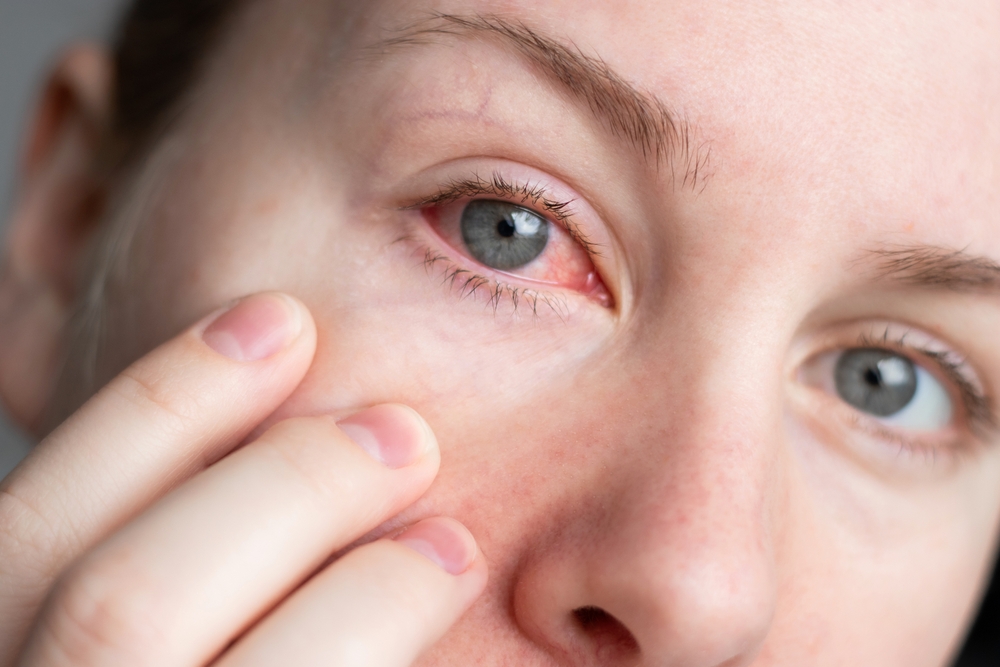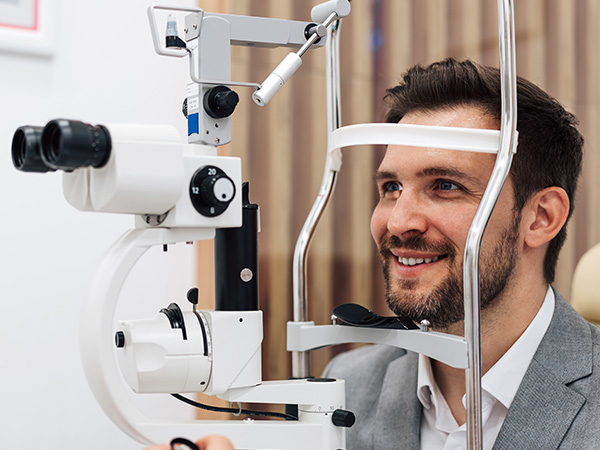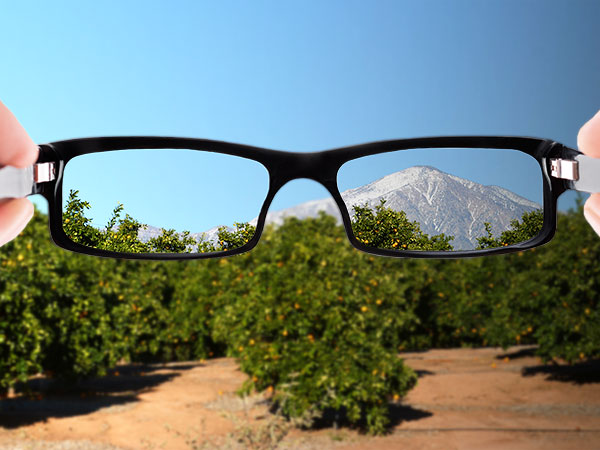Top 5 Causes of Dry Eye—and What You Can Do About It

Do you often feel as if your eyes have sand in them, or when you look at the mirror, they appear red and you do not know why? Maybe you have dry eye. When your eyes produce insufficient tears or when the tears evaporate too quickly, you get dry eye.
Dry Eye Causes You Should Know About
Aging
As you age, tear production decreases. This is a common cause of dry eyes in older adults. As you reach the age of 50, your tear glands become less active, resulting in reduced tear production and moisture. Older adults also experience a change in the quality of their tears. This change will surely reduce your eyes’ ability to hydrate.
Medications
Some medications reduce tear production. Antihistamines, blood pressure drugs, and antidepressants are examples of such medicines. They can affect your tear glands, making it challenging to keep your eyes lubricated. If you are taking any of these medications, consult your doctor for alternatives.
Environmental Factors
Try to avoid dry air, wind, and smoke as much as possible. Without proper protection, these will cause your tears to evaporate too quickly. Air-conditioned spaces or windy outdoor conditions contribute to faster evaporation. Individuals residing in dry or windy climates may be more susceptible to dry eyes.
Health Conditions
If you have a particular health condition, you may notice a change in your tear production. Autoimmune diseases like rheumatoid arthritis and diabetes affect how the tear glands work. Thyroid problems also lead to dry eyes.
Contact Lenses
Many contact lens wearers experience eye dryness, especially those who wear them for extended periods. Some contacts block oxygen from reaching the cornea, leading to dry eyes. This leads to discomfort, especially in dry environments.
What You Can Do About Dry Eye
Use artificial tears — Lubricating eye drops keep your eyes moist and reduce irritation. These drops are available over the counter and are easy to use.
Take regular breaks from screens — The 20-20-20 rule helps reduce this condition. Identify something approximately 20 feet away, and look at it for 20 seconds every 20 minutes. This simple method provides your eyes with rest and helps prevent dryness caused by prolonged screen use.
Avoid dry or windy environments — If you live in a dry or windy area, use a humidifier indoors. Moist air helps keep your eyes hydrated. Wearing sunglasses or protective glasses when outside reduces dryness caused by wind.
Apply warm compresses — A warm compress helps stimulate tear production. It loosens blockages in the tear ducts and improves moisture levels in the eyes.
Stay hydrated — Please drink a lot of water throughout the day. Proper hydration will maintain moisture levels in your eyes. It will also support healthy tear production.
Dry eye is a common condition, but the good news is that it is manageable. Understanding the causes and following simple steps will help you avoid discomfort. However, if your symptoms do not go away or continue to worsen, consult an eye care professional.
An eye doctor will assess the severity of your condition and provide personalized treatment options.
For more on dry eye, visit Steinmann Eye Care at our Redlands, California, office. Call (909) 679-5450 to schedule an appointment today.
Sources
https://www.mayoclinic.org/diseases-conditions/dry-eyes/symptoms-causes/syc-20371863
https://www.aao.org/eye-health/diseases/what-is-dry-eye




